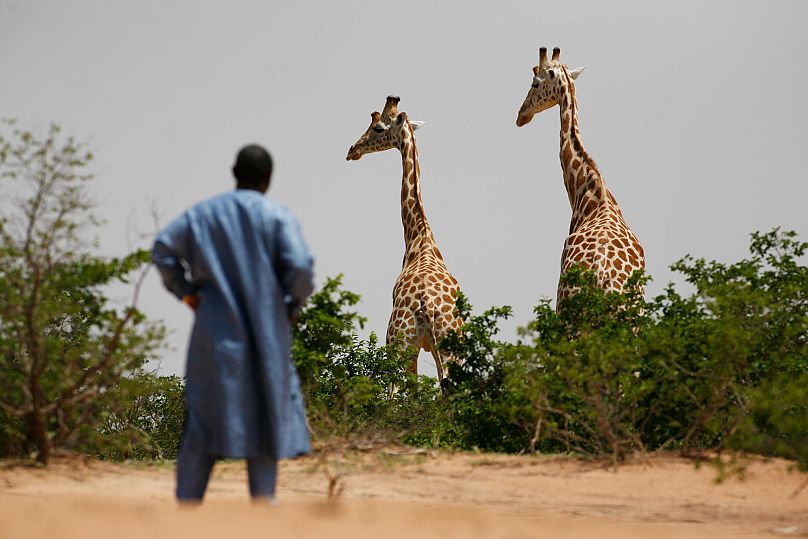nature conservation
Scientists have reclassified giraffes into four distinct species, up from one. Conservationists say this greater understanding of giraffe taxonomy will allow for targeted conservation efforts, specific to each species' needs, prioritising those that are critically endangered.
To the uninitiated, most giraffes probably look the same. But researchers now say there were evolutionary differences between Africa's giraffe populations, resulting in four distinct species.
And that discovery can help target conservation efforts.
Dr. Michael Brown is co-chair of the International Union for Conservation of Nature (IUCN) SSC Giraffe and Okapi Specialist Group:
"Through our assessment we've described, we've recognised four species for the IUN red list: the Northern giraffe, the Reticulated giraffe, the Maasai giraffe, and the Southern giraffe. Each species has different population sizes, different threats, and different conservation needs.policy and awareness."
By identifying the different species, scientists can also pinpoint their different needs and target their conservation strategy, explains Philip Muruthi, vice president for species conservation and science at the African Wildlife Foundation:
"This report is about a change in taxonomy or the nomenclature of the giraffe and okapi. And obviously taxonomy is very important. It tells us about specific species. So for conservation, the work that we do, it is imperative. It is very key that when we say that is the Maasai giraffe, everyone in conservation means that. Threats to it can be identified and what needs to be done to avert those threats can be identified specific to that species."
More attention, more action
There are still an estimated one hundred and seventeen thousand giraffes in the wild, according to the International Fund for Animal Welfare, but their numbers have fallen by about 40 percent in the last 30 years. The new taxonomy can help to protect them.
"When you have got the separate species and the analysis that has gone into this, this may invoke more attention and more urgent action," says Muruthi.
"So for example, if a particular species was a subspecies of a larger group, that was not critically endangered but say of a special attention or a special concern, action was not specifically targeted to that subspecies. Now that it has full species status and a revision of what is causing endangerment, more action will be taken quickly."
The main threats to giraffes in Africa habitat loss, poaching and disease. Conservationists hope that by better understanding the differences between giraffe species, they can develop country specific conservation incentives, and thereby target those threats more efficiently.












02:31
Plastic pollution threatens Lake Malawi’s unique fish
00:53
Lagos Fashion Week wins category at annual Earthshot awards ceremony
01:02
Cotswold park welcomes Markus, a rare white rhino calf
02:02
African penguin faces extinction despite new protections
Go to video
Groundbreaking conservationist Jane Goodall dies aged 91
01:58
Kenyan engineer turns deadly water hyacinth into eco-friendly innovation